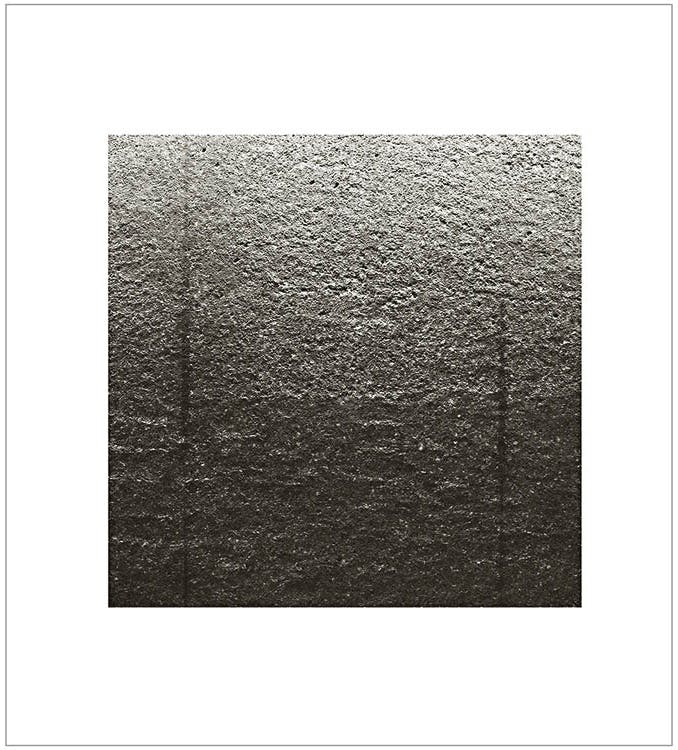
FRONT International
Tags for: FRONT International
- Magazine Article
- Exhibitions
Cleveland’s triennial exhibition of contemporary art debuts this summer
Reto Thüring, Curator of Contemporary Art
Emily Liebert, Associate Curator of Contemporary Art
April 17, 2018
Appears in Cleveland Art, May/June 2018

Untitled (Cleveland Museum of Art), 2017. Luisa Lambri (Italian, b. 1969). Fine art pigment prints. Courtesy Thomas Dane, London. © 2017 Luisa Lambri
The first iteration of FRONT International: Cleveland Triennial for Contemporary Art launches in July with a multitude of artist commissions, performances, films, and public programs throughout Cleveland and northeast Ohio. A roster of national, international, and local artists have developed work that explores Cleveland in order to reflect more broadly on contemporary American cities, while also collaborating on projects and exhibitions with many of the region’s most renowned cultural and civic institutions. For the inaugural edition of FRONT International, An American City, the Cleveland Museum of Art presents six exhibitions and ambitious installations by internationally acclaimed contemporary artists from four countries (see also page 10). Together, these projects reflect on the city of Cleveland in a postindustrial context and on the museum’s own history.
Image

Marlon de Azambuja: Brutalismo–Cleveland and Luisa Lambri Photographs Betty T. and David M. Schneider Gallery (218), opening June 3.
As part of his ongoing series of sculptural installations titled Brutalismo, Marlon de Azambuja (Brazilian, b. 1978) will create a work composed of materials gathered in and around Cleveland, emphasizing the sprawling city’s sometimes invisible physicality. This series celebrates the legacy of brutalist architecture, putting it in conversation with what is specific to a given place.
Continuing her investigation of spaces designed by eminent male architects, Luisa Lambri (Italian, b. 1969) has produced a suite of photographs depicting architectural elements of the Cleveland Museum of Art that will serve as building blocks for her compositions. The series focuses on the museum’s wing designed by Marcel Breuer in 1971. Lambri’s signature light-filled prints offer painterly impressions of austere modern architecture.
Image

Over the past 35 years, Kerry James Marshall (American, b. 1955) has created a groundbreaking body of work that gives visibility to narratives of African American identity. Through his often monumental paintings that insert black protagonists into traditional Western art genres, Marshall has distinguished himself as one of the most influential artists of our time. The focus of this exhibition is an imposing 12-panel woodcut print from 1998 that unfolds cinematically, moving from an aerial perspective of an urban grid into an intimate domestic setting. An array of drawings spanning Marshall’s career will complement the woodcut and emphasize the seminal artist’s ongoing investigation of private and public space.
Image

Allen Ruppersberg: Then and Now Julia and Larry Pollock Focus Gallery (010), opening July 1.
For his first presentation at the Cleveland Museum of Art, the highly influential Cleveland-born conceptual artist Allen Ruppersberg (American, b. 1944) pays homage to his hometown. Drawing on his interest in vernacular urban forms, Ruppersberg will use local billboards as a tool for rediscovering the city he left for Los Angeles in the 1960s. Photographs taken from the vantage point of billboards across Cleveland—from the roadways along Lake Erie and the steelyards to the mouth of the Cuyahoga River—will be installed in light boxes, with the posterior-exposed steel structure adhered to the wall, thus grounding the work and serving as a reminder of the city’s industrial history.
In her End of Signature series, Agnieszka Kurant (Polish, b. 1978) explores collective intelligence, collaborative authorship, and the power of social capital in our digitized and globalized world. Using crowdsourcing and data transformations, she merges numerous individual signatures to create representations of a community, a social movement, or groups supporting a common cause. This iteration combines signatures submitted by employees and trustees of the Cleveland Museum of Art, which she will aggregate into a single inscription using software that she developed with a professional computer programmer.
Related Content
Allen Ruppersberg: Then and Now
Tags for: Allen Ruppersberg: Then and Now
- Special Exhibition
Cleveland native Allen Ruppersberg (born 1944) pays homage to his hometown in this new body of work. The illuminated photographs...

Kerry James Marshall: Works on Paper
Tags for: Kerry James Marshall: Works on Paper
- Special Exhibition
Over the last 35 years, Kerry James Marshall (American, born 1955) has created groundbreaking work that gives visibility...

Marlon de Azambuja and Luisa Lambri
Tags for: Marlon de Azambuja and Luisa Lambri
- Special Exhibition
This installation combines new commissions by Marlon de Azambuja (Brazilian, born 1978) and Luisa Lambri (Italian, born...
